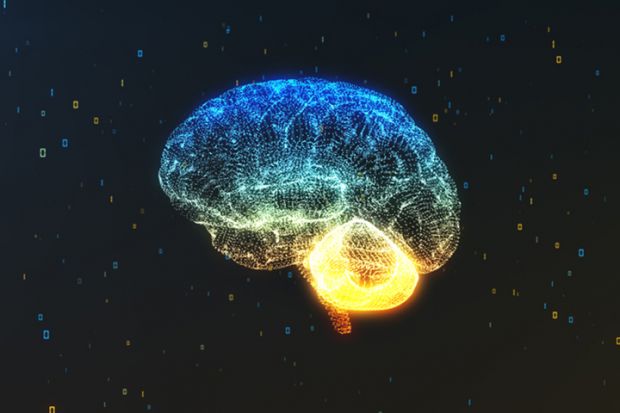This enthralling book starts at the earliest points of the halting journey to an experimental science of the brain and moves forward to the present era, where we simultaneously have a surfeit of data and a poverty of far-reaching, intellectually satisfying theories of brain function.
The brain is notable by its absence in both the Bible and the Koran. Generations were content to rely on the writings of the ancients, even where they were obviously wrong. And medical science, such as it was, was for generations content to engage in textual analysis rather than actually inspect the brain and body, and then dissect, draw and describe what was there.
Cobb dates a change in attitude to the late Middle Ages, and to the investigatory willingness of certain Italian academics. One important figure was Mondino de Luzzi, professor of medicine and anatomy at the University of Bologna. Writing of the preparations for a human dissection, Mondino stated simply that “the human corpse, killed through decapitation or hanging, is placed in the supine position” – words conveying an utter indifference to the dignity of the body in death which we assume today. A later Italian, Andreas Vesalius, enjoined his students to attend autopsies, observe and have less faith in anatomy textbooks. He was to produce anatomical drawings of the utmost precision and beauty – ones that have stood the test of time. More radical, however, than his accurate renderings of precise dissections, was the conclusion Vesalius drew from his dissections of the brains of the sheep, goat, cow, monkey, dog and birds: that “there is no difference at all in the structure of the brain” of these animals compared to the human brain – an early dethroning of human specialness, which Darwin would go on to complete.
At the core of Cobb’s book is a series of continuing and unresolved tensions regarding the use of metaphors as descriptors and explanatory theories. Brain theorists of the ages have usually been in thrall to one metaphor or another, borrowed (sometimes lazily) from whatever technology there might be to hand. The journey has been a halting and slow one: from notions of the transmission of vibrations to pneumatic theories of brain function and to viewing the brain through the metaphor of a telephone exchange, and then to the elaborate computational theories employed today – all metaphors attempting to become flesh.
Cobb’s greater lesson is straightforward, but difficult: we should spend more time trying to understand the brain as it is, and as it functions in a comparative context, rather than through the lens of whatever metaphor or analogy happens to be handy or fashionable. His last paragraph is instructive, for it offers a series of scenarios based on connectomes, semiotics, semantics, cybernetics, control theory and so on. Each sentence begins with the word “Or”, although the last one is just followed by a dash, creating a blank screen like the final episode of The Sopranos, on to which we can write anything we please, or hope, or fear, or understand. As of now, we understand so little of the entity that allows us to understand.
Shane O’Mara is professor of experimental brain research and a Wellcome Trust senior investigator at the Institute of Neuroscience and School of Psychology, Trinity College Dublin. His most recent book is In Praise of Walking: The New Science of How We Walk, and Why It’s Good for Us (2019).
The Idea of the Brain: A History
By Matthew Cobb
Profile, 480pp, £30.00
ISBN 9781781255896
Published 12 March 2020
后记
Print headline: Why we need our heads examined




